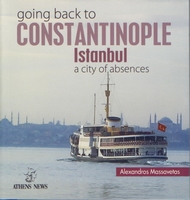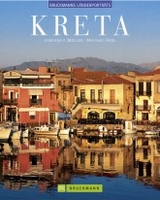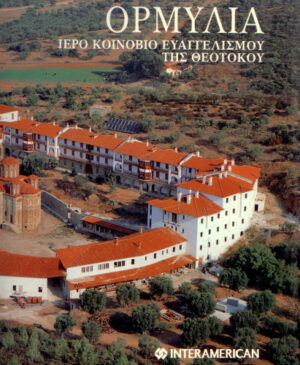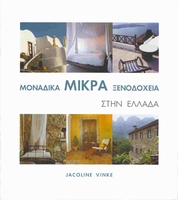Spread over the shores of Europe and Asia, and heavy with the monuments and memories of two empires, Istanbul is destined to impress. It was called Constantinople until as recently as the early 1930s and has for centuries inspired poets, writers and mystified visitors. Those who promote Istanbul to the crowds of international tourists advertise its unparalleled natural beauty and its splendid architecture, legacy of the Byzantine and Ottoman Empires.
The magic of this extraordinary city goes far beyond the cliches of tourist literature. Much of it lies in its tendency to perplex, and one of the most perplexing things about Istanbul is the contrast between its buildings and its people. More dramatic than the renaming of the city in the 1930s was the change in its population since. The late Ottoman capital was a polyglot multiethnic and multicultural city where forty percent of the population was non-Muslim. The Istanbul of today is Muslim and Turkish-speaking, but large parts of it still testify to the presence and achievements of past inhabitants long since vanished. It is a city of absences – its current dwellers have little contact with the city’s history and past, while most of its original inhabitants are scattered to the four corners of the word.
This book attempts to bridge a gap brought about by the tragic history of the Levant, as forces of nationalism annihilated centuries of multicultural existence. Massavetas travels back to Byzantine and Ottoman Constantinople to unearth the legacy of a world city. It is this legacy that helped Istanbul resist becoming provincial in the process of becoming ethnically homogeneous.




